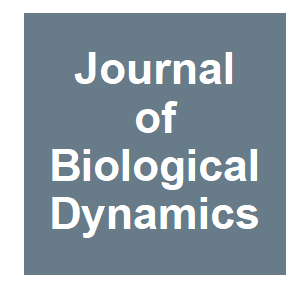Modeling the suppression dynamics of Aedes mosquitoes with mating inhomogeneity

|
M. Huang and L. Hu,
Journal of Biological Dynamics,
14:656-678.
2020.

A novel strategy for controlling mosquito-borne diseases, such as dengue, malaria and Zika, involves releases of Wolbachia-infected mosquitoes as Wolbachia cause early embryo death when an infected male mates with an uninfected female. In this work, we introduce a delay differential equation model with mating inhomogeneity to discuss mosquito population suppression based on Wolbachia. Our analyses show that the wild mosquitoes could be eliminated if either the adult mortality rate exceeds the threshold δ∗A or the release amount exceeds the threshold r∗ uniformly. We also present the nonlinear dependence of δ∗A and r∗ on the parameters, respectively, as well as the effect of pesticide spraying on wild mosquitoes. Our simulations suggest that the releasing should be started at least 5 weeks before the peak dengue season, taking into account both the release amount and the suppression speed.
More related to this: Meiotic drive at the D(MD) locus and fertility in the mosquito, Aedes aegypti (L) Cytogenetic analysis of meiotic drive in mosquito, Aedes aegypti Mechanisms of sex determination and transmission ratio distortion in Aedes aegypti
|



